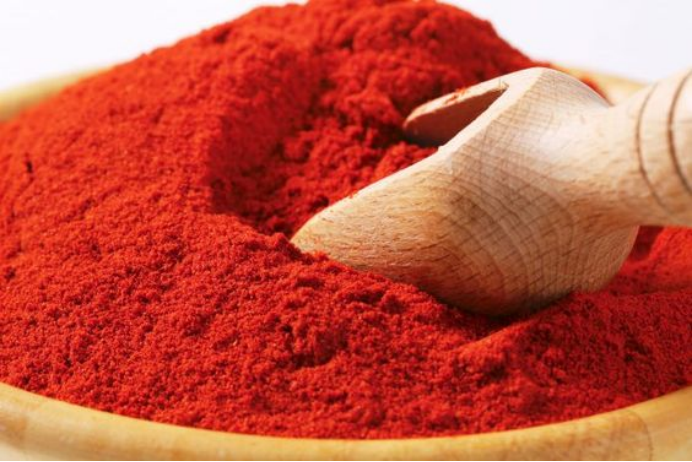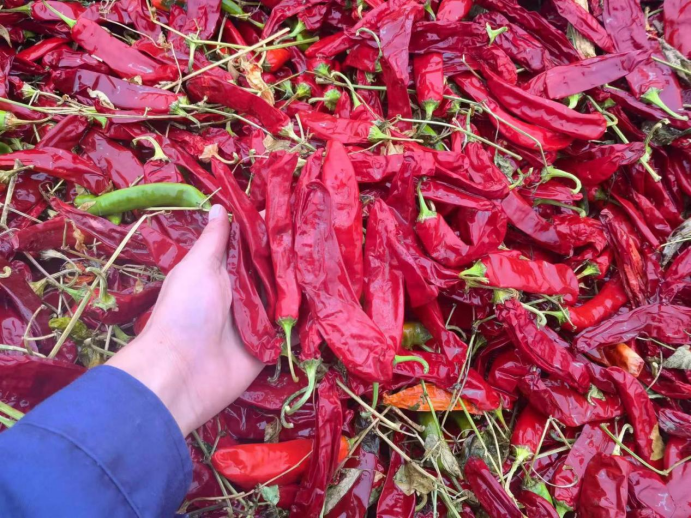- No. 268 Xianghe Street, Agbegbe Idagbasoke Iṣowo ti ilu Xingtai, Hebei 054001 China
- Byron@hbhongri.cn
Kini Paprika
Paprika ni a turari made from dried and ground red peppers. It is traditionally made from Ọdunkun orisirisi ni Longum ẹgbẹ, pẹlu ata ata. Paprika le ni orisirisi awọn ipele ti ooru, ṣugbọn awọn ata ata ti a lo fun paprika gbigbona maa n jẹ diẹ ti o si ni ẹran tinrin ju eyiti a lo lati ṣe jade. ata lulú. In some languages, but not English, the word paprika tun tọka si ọgbin ati eso lati inu eyiti a ti ṣe turari naa, ati si awọn ata ni Grossum. ẹgbẹ (fun apẹẹrẹ, agogo ata).

Gbogbo awọn oriṣiriṣi capsicum ti wa lati ọdọ awọn baba egan ni ariwa Amerika, gegebi bi Central Mexico, where they have been cultivated for centuries. The peppers were subsequently introduced to the Aye Atijo, nígbà tí a mú ata wá sí Spain ni 16th orundun. A lo akoko akoko lati ṣafikun adun ati awọ si ọpọlọpọ awọn iru awọn ounjẹ ni awọn ounjẹ oniruuru.

Awọn isowo ni paprika ti fẹ lati awọn Iberian Peninsula si Afirika ati Asia[6]: 8 and ultimately reached Central Europe nipasẹ awọn Awọn ara Balkan, eyi ti o wà lẹhinna labẹ Ottoman ofin. Eyi ṣe iranlọwọ lati ṣalaye Serbo-Croatian Oti ti awọn English igba.
Ninu Ede Sipeeni, paprika ti mọ bi pimentón niwon awọn 16th orundun, nigbati o di a aṣoju eroja ni onjewiwa ti oorun Estremadura.Pelu awọn oniwe-niwaju ni Central Europe niwon ibẹrẹ ti Ottoman conquests, o ko di gbajumo ni Hungary until the late 19th century. Now, more than 70% paprika are planted and harvested from China origin.

Paprika can range from mild to hot – the flavor also varies from country to country – but almost all plants grown produce the sweet variety. Sweet paprika is mostly composed of the pericarp, pẹlu diẹ ẹ sii ju idaji awọn irugbin kuro, lakoko ti o jẹ pe paprika ti o gbona ni diẹ ninu awọn irugbin, awọn ege, eyin, ati awọn calyces. The red, orange or yellow color of paprika is due to its content of awọn carotenoids.
-
Capsicum frutescens oleoresin – High Purity, Food GradeIroyinNov.17,2025
-
Capsicum Frutescens Oleoresin – Natural Heat & FlavorIroyinNov.17,2025
-
Peppereka Powder – Fresh, Vibrant Color & Sweet AromaIroyinNov.17,2025
-
Paprika Oleoresin | Natural Red Color, Heat & Flavor BoostIroyinNov.17,2025
-
Pure Turmeric Extract 95% Curcumin | Potent, Lab-TestedIroyinNov.17,2025
-
Red Papper Pods – Premium Sun-Dried, Bold Heat & AromaIroyinNov.10,2025







